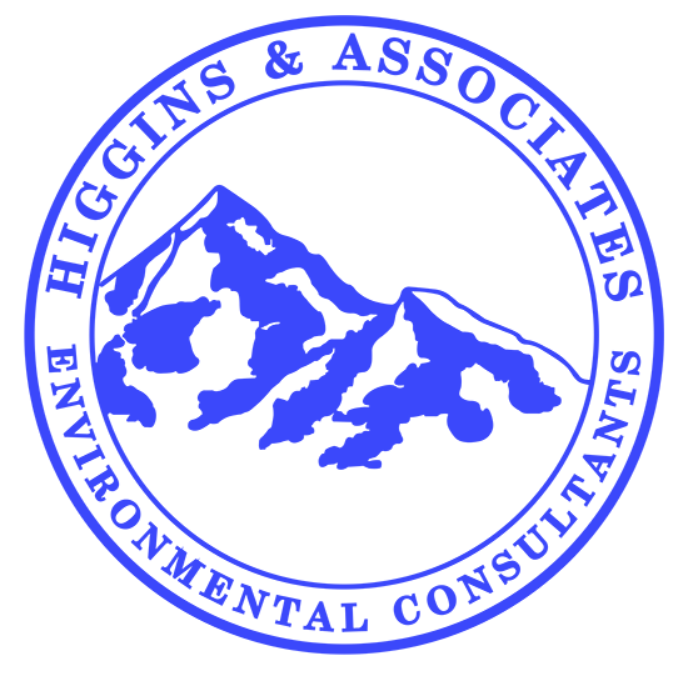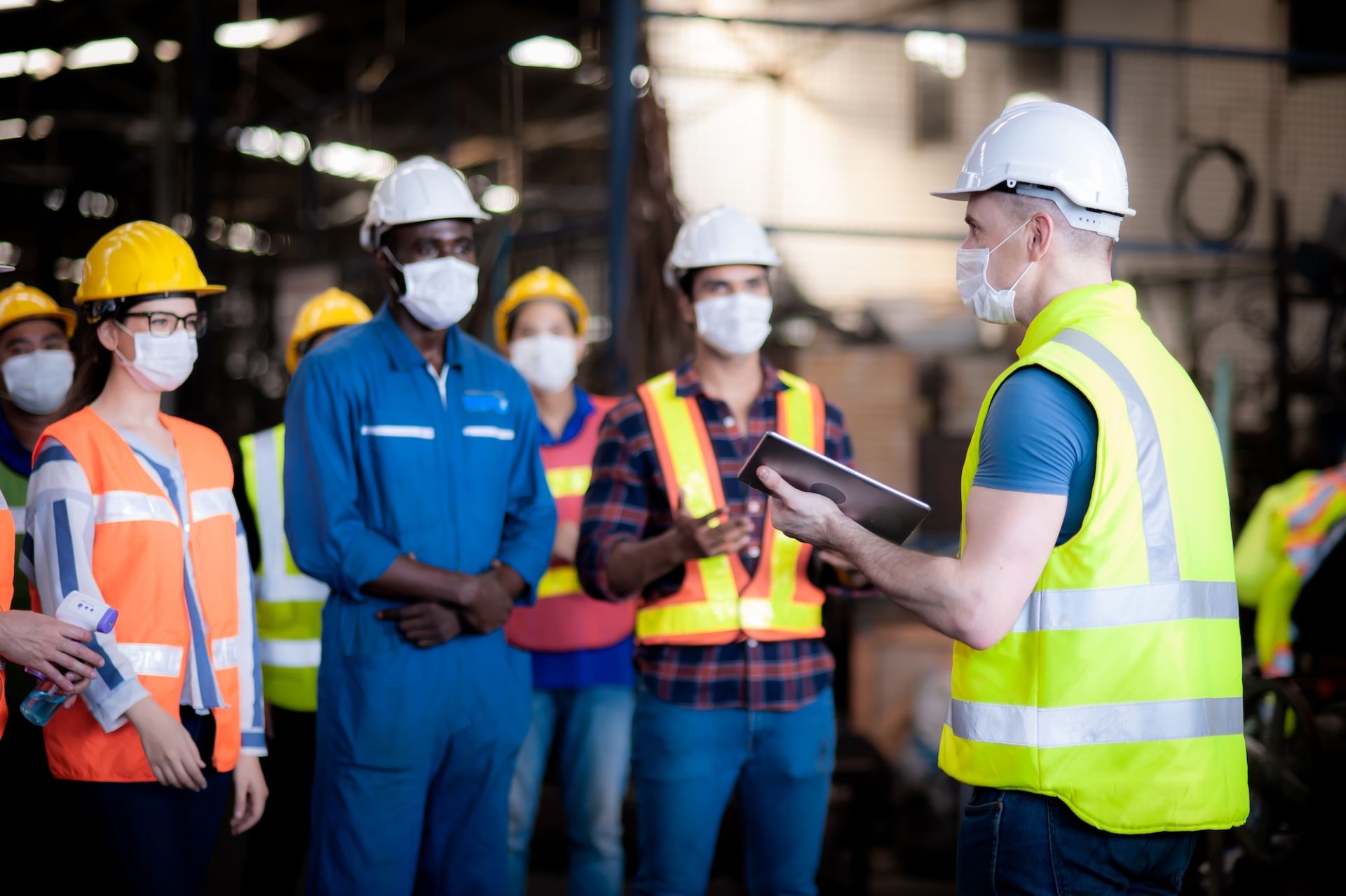Every year, the CDC estimates that healthcare-associated infections (HAIs) affect
1 in 31 hospital patients in the United States.
Construction activity is a known contributor to this risk. The concern is not just about dust making a mess; it is about airborne pathogens, mold spores, and other contaminants that can move through a facility during renovation or maintenance work. In a healthcare environment, those particles can reach patients whose immune systems are already compromised, turning a routine project into a serious safety hazard.
This is why working on
construction in healthcare facilities requires more than technical skill with tools and materials. It demands a deep understanding of infection control. Even experienced crews can make mistakes that put patients at risk if they have not completed specific
Infection Control Risk Assessment (ICRA) training. This post explains why ICRA matters, how it protects both people and projects in healthcare facilities, and why team-wide training is the foundation of safe, compliant healthcare construction.
Construction in healthcare facilities means working in spaces where patient safety is as critical as meeting deadlines. Unlike standard job sites, healthcare projects require strict infection control protocols to prevent dust, debris, and airborne contaminants from reaching vulnerable patients.
Many healthcare systems now require contractors to complete ICRA training before stepping onto the jobsite, and a growing number have adopted the stricter American Society for Health Care Engineering (ASHE)
ICRA 2.0 standards. These protocols are no longer optional. They are becoming the industry baseline for safe, compliant healthcare construction.
Every worker, from laborers to specialty trades, needs to understand how to work within these requirements. Team-wide ICRA training gives crews the skills to maintain safe conditions, protect patients, and meet facility expectations from day one.
Even small construction tasks in a healthcare environment can carry serious risks if not handled correctly. Activities such as cutting drywall, drilling into ceilings, or removing flooring release
dust and debris that can carry harmful microorganisms. In hospitals, those airborne particles may spread to patient areas via ventilation systems, open doorways, or uncontrolled airflow.
Contaminants stirred up during construction have been
linked to outbreaks of Aspergillus infections, Legionella, and other healthcare-associated infections, a connection detailed in
CDC environmental infection control guidelines.
Airflow disruption presents another significant threat. Without proper negative air pressure and sealed containment, construction zones can leak contaminated air into hallways and treatment rooms. Even small containment breaches can allow dangerous particles to escape.
These risks underscore why construction in hospitals and other healthcare facilities requires exceptional planning, ongoing monitoring, and thorough worker training. Identifying and controlling hazards from the outset is the only way to protect patients and keep projects on track.
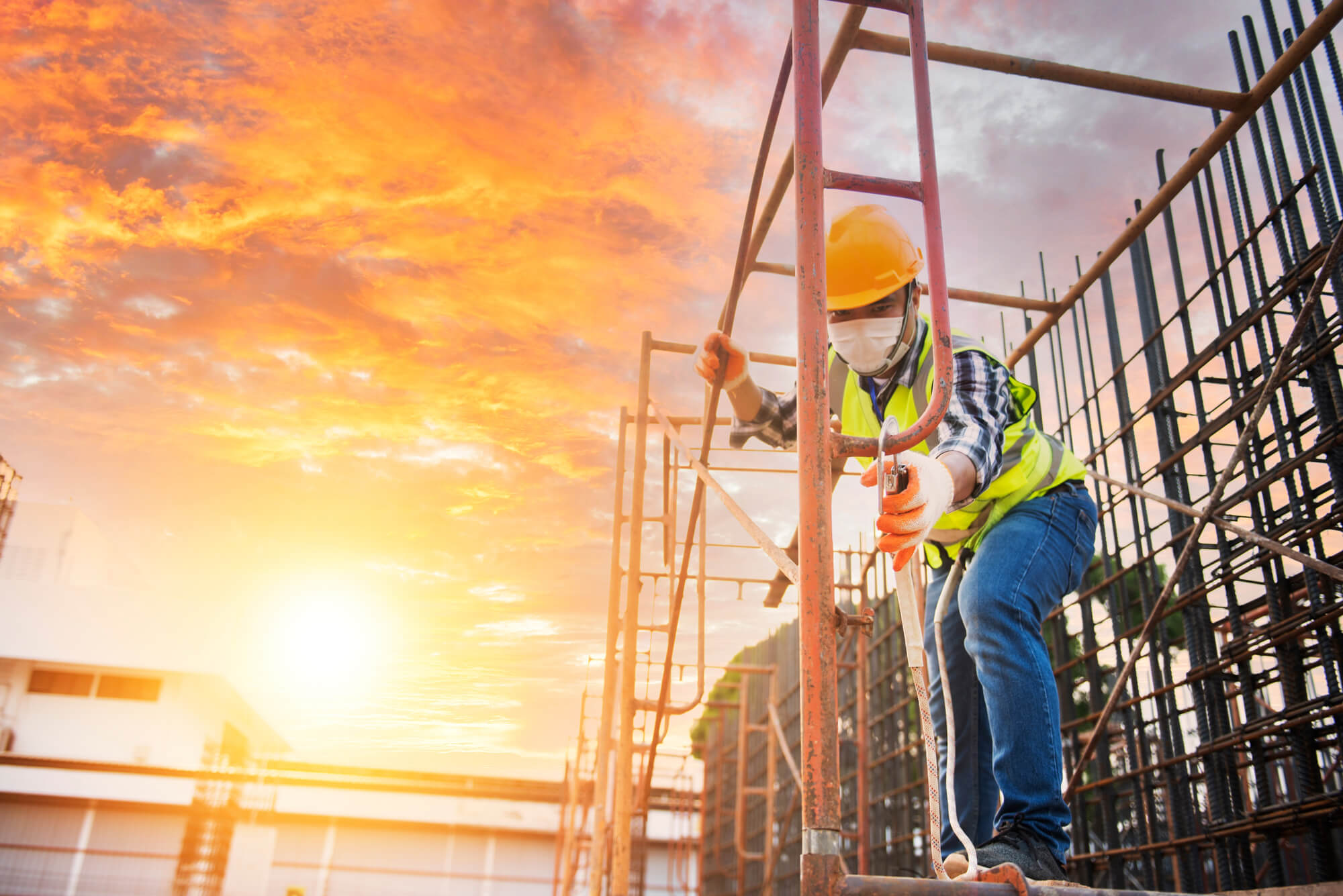
Successful healthcare facility construction begins with infection prevention as a core project priority. Whether working in a hospital, clinic, or long-term care facility, the following principles guide safe and compliant projects:
- Plan for infection control from day one: Every project should start with a detailed Infection Control Risk Assessment (ICRA) to identify hazards, determine precaution levels, and outline containment measures. (CDC Guidelines)
- Establish and maintain proper containment: Use floor-to-deck hard-wall barriers or modular containment systems to fully separate the work zone from patient care areas. Barriers must be sealed at all edges, with access points controlled by anterooms or other entry systems. (ASHE ICRA Toolkit)
- Control airflow with negative pressure and HEPA filtration: Maintain negative air pressure within the containment zone and use HEPA-filtered exhaust to remove contaminants. Continuous monitoring ensures the system remains effective throughout the project.
- Follow strict PPE protocols: Require appropriate personal protective equipment for all workers entering the containment zone. This can include disposable coveralls, shoe covers, gloves, and respiratory protection, depending on the ICRA class.
- Prioritize daily cleaning and debris control: Remove waste through pre-approved routes and clean or cover debris carts before transport. Wet-wipe surfaces and vacuum with HEPA-filtered equipment at least daily, or more often in high-risk areas.
- Integrate compliance with building codes and healthcare regulations: Coordinate with facility managers and infection preventionists to ensure that construction methods meet both local building codes and healthcare-specific safety standards such as those from the CDC, ASHE, and The Joint Commission.
These core principles apply to projects of all sizes, from minor maintenance to major renovations. Following them protects patients, staff, and contractors while keeping projects on schedule and in compliance.
Effective healthcare facility construction management depends on strong leadership, precise coordination, and constant communication. Project managers and supervisors play a key role in ensuring infection prevention protocols are followed from start to finish.
- Engage infection preventionists early: Involve the facility’s infection prevention team during pre-construction planning. Their input helps align construction methods with patient safety priorities and regulatory requirements.
- Coordinate with all stakeholders: Work closely with facility managers, clinical staff, environmental services, and contractors to avoid misunderstandings and project delays. Clear communication channels keep everyone informed of progress and potential risks.
- Develop a phased schedule: Plan work to minimize disruptions to patient care areas. Use off-hours or phased construction in high-risk locations to reduce exposure risk and improve workflow efficiency.
- Ensure every crew member is trained: Training is not just a compliance box to check. Require all workers to complete appropriate ICRA training so containment protocols are applied consistently across trades.
- Maintain daily documentation: Keep detailed logs of air pressure readings, barrier inspections, cleaning schedules, and any corrective actions taken. This documentation is often reviewed by infection prevention teams and regulators.
- Conduct regular walkthroughs: Supervisors should inspect containment zones multiple times per shift to confirm compliance. Promptly address any breaches or deviations from the ICRA plan.
Strong construction management practices keep projects moving forward while protecting patients, staff, and the facility’s reputation. They also reduce the risk of costly shutdowns caused by safety violations or infection control failures.
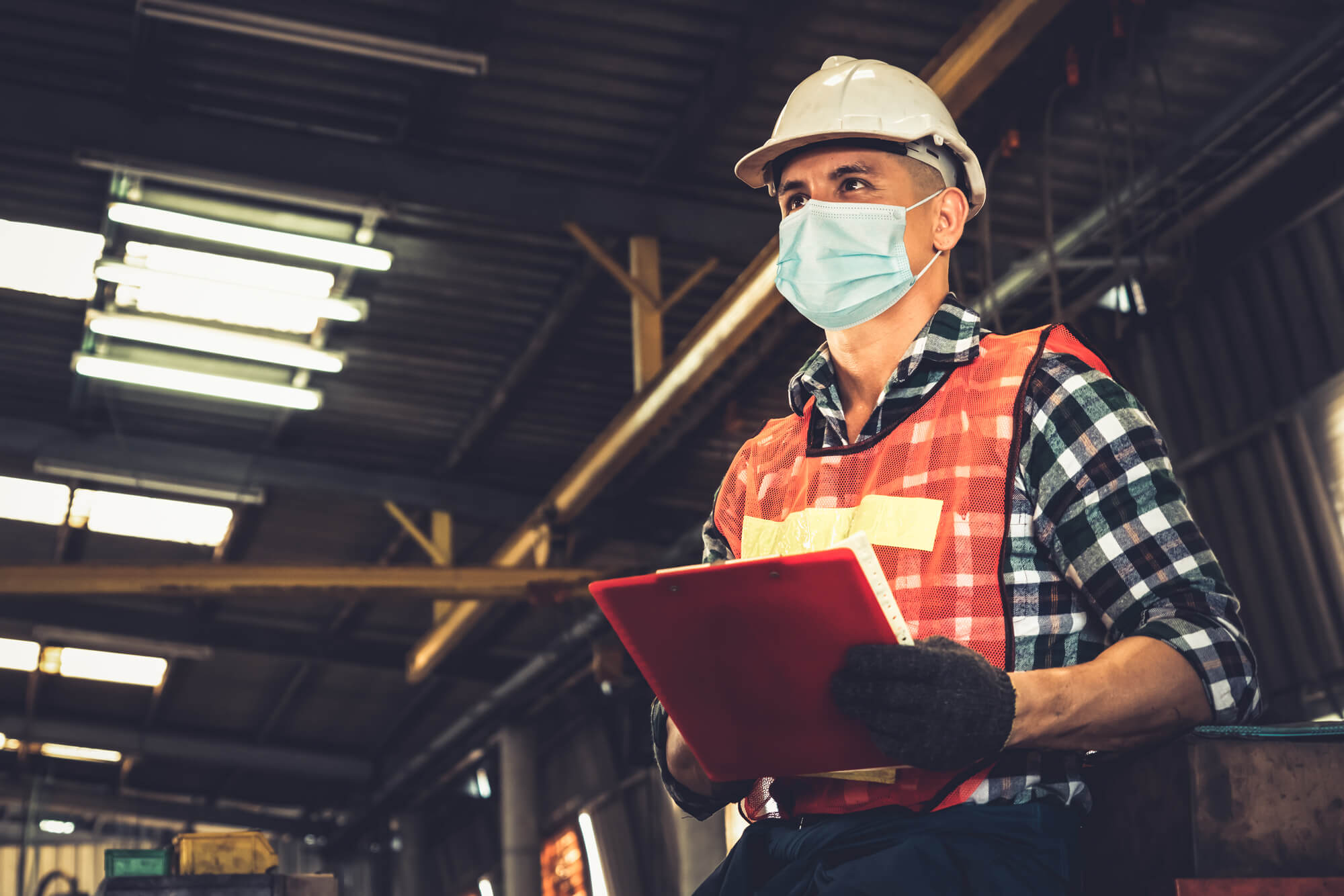
Construction partitions for healthcare facility projects are a primary defense against the spread of dust and airborne contaminants during work. The right barrier system not only separates the job site from patient areas but also maintains the integrity of negative air pressure and meets facility compliance requirements.
- Choose the right system for the project phase: Hard-wall barriers, modular containment panels, and fully enclosed anterooms are typically preferred for higher-risk areas, while soft-wall barriers may be acceptable for short-term, low-risk work zones.
- Seal and secure all edges: Gaps around ceilings, floors, pipes, and vents can compromise containment. Proper sealing keeps contaminated air inside the work zone.
- Monitor and maintain: Even the best partitions require daily checks to confirm seals are intact and that no damage has occurred during the shift. Repair any breaches immediately to prevent particle escape.
By selecting, installing, and maintaining partitions correctly, crews can meet infection prevention requirements while minimizing disruptions to patient care.Copy Here
When it comes to healthcare facilities construction,
HigginsEDU brings a unique blend of scientific expertise, practical field experience, and nationally recognized credentials. As an
ASHE Preferred Education Provider and a
CBIC Approved IPU Provider, HigginsEDU delivers training that meets the highest standards in infection prevention and healthcare construction safety.
We offer two specialized ICRA training programs to match the needs of different roles on a healthcare construction project:
- ICRA Essentials for Construction in Healthcare is designed for construction crews, trade professionals, and healthcare facility personnel who will be working inside or directly overseeing active construction zones. This skills-focused course covers containment setup, dust control, anteroom maintenance, debris removal, and other essential infection control procedures to keep patients safe and maintain compliance.
- ICRA-IQ is a more advanced program created for project managers, facility managers, and infection preventionists who need a deeper understanding of ICRA protocols from a compliance and operational standpoint. It builds on the core principles in ICRA Essentials with expanded training on project planning, hazard assessment, and integration with ASHE ICRA 2.0 standards.
By pairing targeted, hands-on instruction with advanced strategic training, HigginsEDU equips every member of the team, from laborers to leadership, to work safely, protect patients, and ensure compliance in healthcare environments.

Safe, compliant construction in healthcare facilities starts with training that everyone on the crew understands and applies. The right preparation not only protects patients but also keeps projects running smoothly and within regulatory standards. HigginsEDU’s ICRA training programs make it simple to get your team up to speed, whether they’re working inside containment or managing the project from start to finish.
Explore ICRA Online Training Options to ensure your next healthcare construction project is built on a foundation of safety and compliance.



